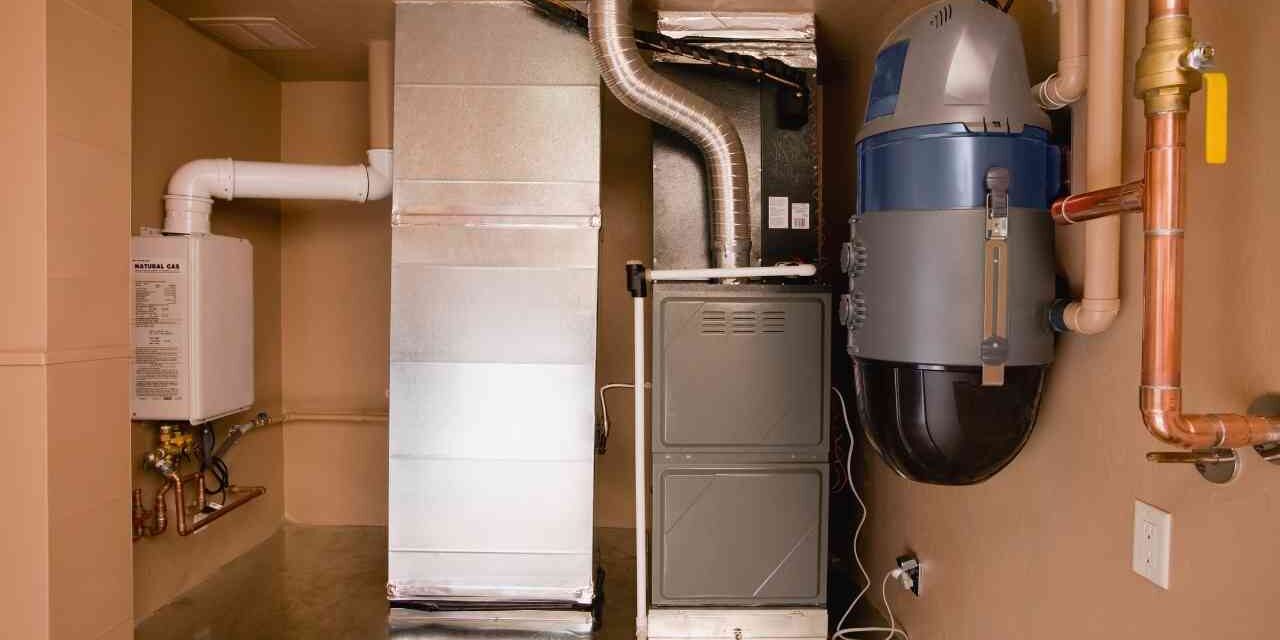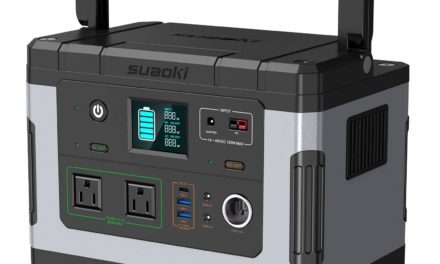
A furnace is one of the most effective ways to heat your home. Remember, in the United States a heating system is a must-have in homes if you want to survive the cold days of winter. It’s even worse in states like Alaska that are exceptionally cold. We don’t need to emphasize the importance of a heating system.
In fact, many homes already have a furnace. Your furnace is powered by electricity. What happens when there’s a power outage? How will you heat your home? The good news here is that we will explain in detail how to run your furnace off a portable generator.
In addition to that, we will also answer several other frequently asked questions. Most importantly, we will give some safety tips. So, let’s get down to business right away. Take the time to read the article through.
Can You Hook Up Your Furnace to a Portable Generator?
Yes, of course, you can hook up your furnace to a portable generator. Well, it also depends on the size of the furnace and the capacity of the generator. If you already have a furnace before buying a portable generator, check the capacity of your furnace and purchase a generator that can easily power it.
On the other hand, if you already have a generator, you might want to install a furnace that can run on your generator. However, there are some very small portable generators that can’t power a furnace. Generally, any generator whose capacity is lower than 2000 watts may not be able to power any furnace. In that case, you may have to buy a higher-capacity generator.
Generally, a 2000-watt portable generator should be able to power either an oil furnace or a natural gas furnace. But that is if the generator will power only your furnace and no other device. If you intend to power your oil furnace and some other appliances, you should go for a 3500-watt generator. Also, remember that an electric furnace requires much more wattage to work.
What Size Generator Do I Need to Run a Furnace?
To answer the question, there are a few factors to consider. What kind of furnace is it? An electric furnace consumes much more power than an oil or gas furnace. Also, do you want your generator to run only your furnace, or do you want to power other units?
If you have an oil or gas furnace and you want to dedicate your generator to power only your furnace, you’re good with a 2000-watt furnace. On the other hand, if you want to power your oil furnace and other electrical items like lights, fans, and your refrigerator, you need at least a 3500-watt generator.
And, if you have an electric furnace, you’ll need a 10000-watt generator to power it. This is because the furnace has other accessories like blowers and they all consume power separately. You need a generator to power the furnace and all its accessories. It is needless to remind you that your furnace is a system of several components working together to keep your home warm.
How to Run Your Furnace Off a Portable Generator?
Step 1 – Some people prefer to connect their furnaces to generators through extension cords, but that is not a safe method. It is better to hire an electrician to wire your electrical panel for a generator.
Step 2 – Get a transfer switch installed in your home. The transfer switch takes power from either your main supply or your generator and sends it to your circuit breaker. Based on its design, a transfer switch can never take power from both sources. That way, it is able to prevent back-feeding. For those who don’t know, back-feeding is when the generator accidentally supplies power to the grid. It could electrocute someone working on the line.
There are two major types of transfer switches – automatic and manual. The automatic switch automatically switches to the generator in the event of a power failure. It is very convenient. The other type of transfer switch is manual. As its name implies, you’ll have to manually flip the switch from the main supply to the generator.
And you’ll manually do the reverse when power is restored. Unfortunately, the automatic transfer switch is more expensive than the manual one. If you can afford it, we suggest you go for the automatic one because of its convenience.
Step 3 – When a power outage occurs, go and start your generator and wait for about 5 minutes for it to stabilize.
Step 4 – Switch off all the breakers.
Step 5 – Change your manual transfer switch from the grid to the generator.
Step 6 – Now, you can turn on the breaker that controls the furnace. Remember that the starting wattage is higher than the running wattage. So, you need to wait for about 2 minutes to allow the furnace to stabilize.
Step 7 – You can now turn on the breakers that control the other electrical appliances if necessary.
Step 8 – When power is restored, just change the transfer switch back to the grid.
Step 9 – Remember that some breakers are already turned on. You can now turn the rest of the breakers on.
Step 10 – Shut down your generator and close its fuel supply.
Will a 5000-Watt Generator Run a Furnace?
Yes, it is more than enough to power an oil furnace or a gas furnace. However, a 5000-watt generator is not powerful enough to run an electric furnace because it consumes much more power. And it also has several accessories that consume a tangible amount of power separately. As explained above, you need at least a 10,000-watt generator to run an electric furnace.
Will a Generator Damage My Furnace?
Yes and no. Normally, if your generator is powerful enough to run your furnace, it won’t damage your furnace. But if the generator does not have the capacity to run your furnace, it could damage your furnace and the generator could get damaged too.
In addition, if your generator is faulty and gives out fluctuating voltage, it could also damage your furnace and other electrical appliances. But if your generator is working perfectly and it can power your furnace, then you have no cause to worry. It won’t damage your furnace.
Safety Tips:
Here are some precautionary measures to keep yourself and your family safe while running your furnace with a generator.
- Generators emit carbon monoxide and other harmful gases, so you should place them outside where the gases won’t get into your house.
- You may also install a carbon monoxide detector. It will shut down the generator automatically when the amount of carbon monoxide detected is higher than a safe level.
- It is not a good idea to allow your generator to run out of fuel while working. So, you should always fill its tank to capacity, and you should also have enough fuel stored safely.
- Your generator should be wired by a certified electrician. Don’t do it yourself if you’re not a certified electrician because a lot can go wrong during the installation and wiring.
- To prevent back-feeding, never use a generator at home without a transfer switch.
Final Words
We have given you all the necessary information to help you power your furnace during a power outage, but the two most important points to bear in mind is that you should never wire your generator yourself if you’re not an electrician.
Electrical works have no room for trial and error. No amount of YouTube viewing can compare to years of experience. Finally, don’t install a generator without a transfer switch. If someone gets electrocuted through back-feeding, you could go to jail for it.






